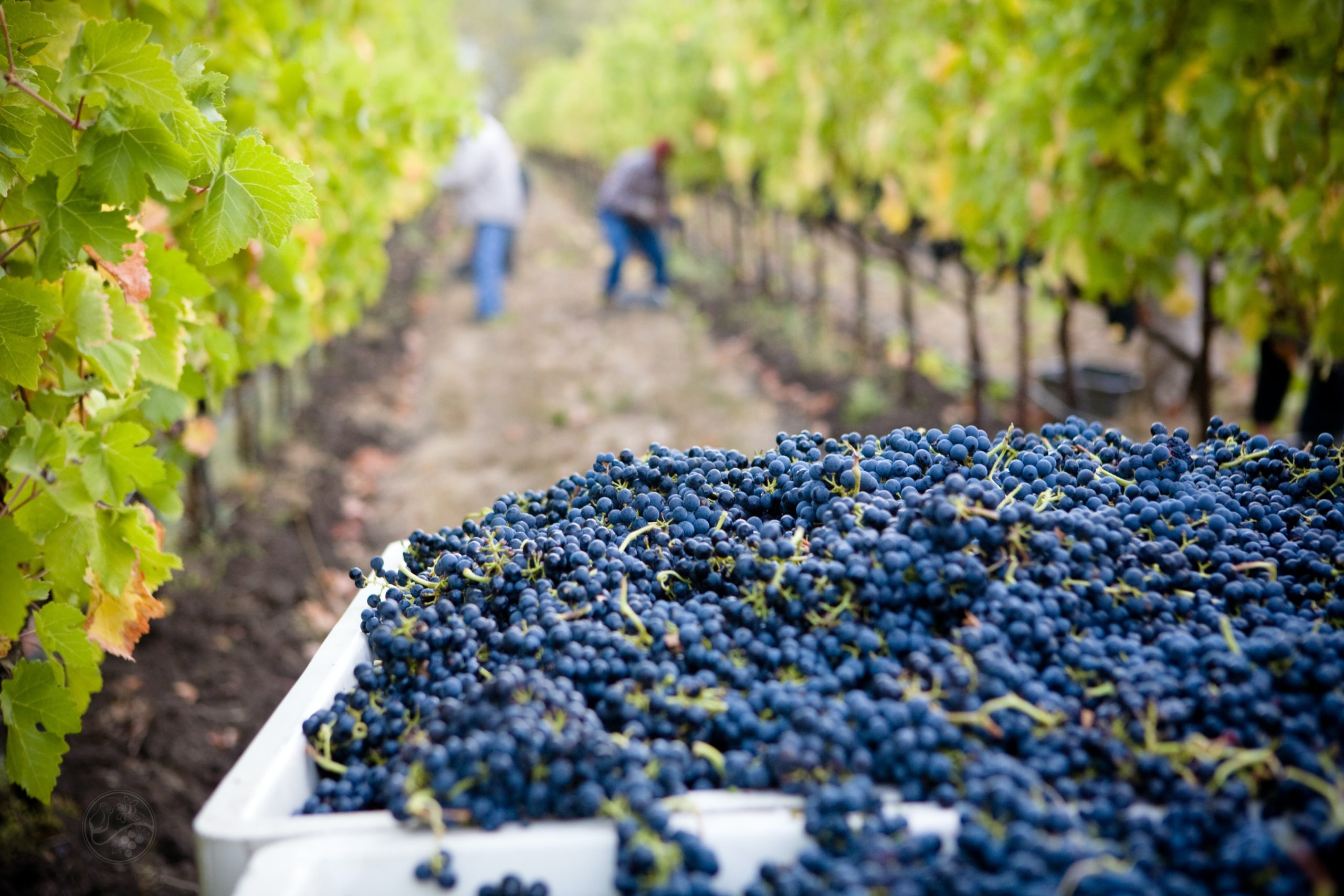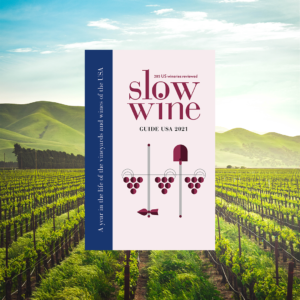By Michelle DiMuzio, Communications Coordinator

As the leaves change to reds and yellows and the weather crisps throughout much of the country, these signs of fall signify another event: wine harvest season. Over the last decade, the popularity of wine has increased significantly throughout the US. Americans have consumed nearly 200 million more gallons of wine over the last 10 years than the previous period. In fact, the US is now the largest consuming wine nation in the world. For any growing sector, sustainable practices are a crucial aspect to its success; that is what the people behind Slow Wine USA are championing for within the wine industry.
Slow Wine started as a movement within Slow Food, recognizing the importance of good, clean and fair wine, with the intent to focus on wineries promoting eco-friendly practices and wines free from herbicides.
 What started with Italian wineries has now expanded into Slow Wine USA, which highlights the diverse wine regions throughout the United States. We chatted with Pam Strayer, a formative member of the Slow Wine USA movement, to learn more about this initiative.
What started with Italian wineries has now expanded into Slow Wine USA, which highlights the diverse wine regions throughout the United States. We chatted with Pam Strayer, a formative member of the Slow Wine USA movement, to learn more about this initiative.
This year, Slow Wine USA created its inaugural United States wine guide, featuring 285 wineries. While other sustainable wine guides exist, the distinguishing factor of this guide is the personal relationships with producers the Slow Wine USA team has garnered. “We have produced the only wine guide that makes an attempt to have a dialogue with producers about the materials they use,” Pam explained. These details are then published for consumers to inform their wine purchasing decisions. “No other guide lists the type of fertilizer used, the plant protection, the weed control and what type of yeast is used all in a systematic way, making us the most transparent guide,” Pam expressed. “It is transparency that consumers want and need.” Wineries awarded the snail or official Slow Wine seal are 100% free of chemical herbicides.
Slow Wine is now also part of our Snail of Approval program, which highlights establishments pursuing and practicing Slow Food values in their business (our page will be updated with wineries soon). This award emphasizes wineries that are making commitments to the environment, local communities, employees and purveyors, and our core values of antiracism and anti-oppression.
Another important aspect of the guide is its comprehensibility and accessibility. The guide features three types of wineries:
- Snails: executing the highest standards of eco-friendliness and regenerative agriculture practices
- Coins: good-value producers
- Bottles: on their ways to being Snails
The guide also includes the Slow Wine seal, which represents wineries promoting cultural heritage. For instance, one of the wineries featured has grapes planted on field lands that are over 100 years old. To ensure the guide is accessible, the guide includes everyday wines that are approachable and affordable; representing diverse winery-owners, such as women and BIPOC-owned wineries, has also been a goal of the guide.
While enjoying a glass of wine is a relaxing activity, there is still work to be done. The biggest issue facing the wine industry remains the domination of conventional wines and greenwashing. “I think we really do need to create a movement driven by consumers,” Pam expressed. “It’s so confusing right now. The wine industry has spent millions of dollars on marketing sustainability when they are still using chemicals.”
What can you do to contribute to good, clean and fair wine? Pam emphasized the importance of encouraging your local stores to carry the wines featured in the guide and, if possible, to support these wineries directly.
To purchase the Slow Wine USA guide, visit their website.
To attend a Slow Wine USA 2022 tour, find out more info here.
Photo by Lasseter Wines via Unsplash


Just purchased the 2021 guide and looking forward to seeing which US wineries made the list. Haven’t been wine tasting since the pandemic began, and am hoping to soon visit California’s central coast again. Thank you for putting together this guide!
Pam just guest spoke in my class Wine 1 class at Santa Rosa JC. I’m delighted to see Pam’s Slow Wine spotlighted by Slow Food USA!